We arrived at Angkor Wat in the predawn darkness, looking to get an early start on our day. It was overcast but we did get a chance to see the clouds light up and turn slightly pink over the temple. We got at 4:15 am (Ughh!) so we could experience as much as possible before the sweltering heat and afternoon monsoon rains kicked in.
The temple at Angkor Wat is the largest religious temple on Earth, and is clustered among several temples just north of Siem Reap, which makes the city a bustling tourist mecca. Usually, overcrowded tourist cities are not worth it to us, and we generally avoid them if we can, but here it is different. Because Angkor Wat and the temples are every bit worth being on our lifetime bucket list.
Angkor Wat
The temple of Angkor Wat itself is a large square surrounded by a huge moat. As you cross the moat to get to the temple, you come across a field where you can see the sky slowly brightening as the temple is reflected in a pair of small ponds, its spires rising in the morning mist as they have for almost 900 years.
What struck us most about the temple is the mix of Hindu and Buddhist religions. It was originally a Hindu temple built in the 12th century by Suryavarman II and dedicated to the god Vishnu. It evolved over a century or so to a Buddhist temple but never really lost its Hindu past, leaving a blend of religions that is uniquely Cambodian. It is not uncommon in the temples around Angkor to see a Buddha statue sitting in front of a Hindu Naga (a 5 or 7 headed snake). Everywhere you look, statues and bas reliefs show signs of this struggle/sharing between religions. Some of the prettiest Hindu bas reliefs unfortunately have had faces chipped out by the Buddhists, and most of the Buddhas have been moved to museums or beheaded during the Khmer Rouge regime, but even with that, the listing of this temple as one of the seven wonders of the ancient world is an absolute.
The place is stunning. Almost all of the walls are carved top to bottom throughout the temple into bas relief. 900 years of weather has surely softened the stone, but it is still beautiful and one can only imagine what it must have looked like when it was built. Our guide told us story after story about the bas reliefs as we walked the temple, and it was overwhelming how much history is written on the walls. We especially likied the story of the “Churning of the Ocean of Milk”, which depicts asuras and devas churning up the ocean to extract the elixir of immortality. We listened and learned, took some photos, and headed off to Ta Prohm.
Ta Prohm
You may not know the name Ta Prohm, but you have likely seen pictures of this temple. Locals here refer to it more by the name “Tomb Raider temple”, as Angelina Jolie once explored the grounds in the movie “Lara Croft: Tomb raider”. It is famous for the silk cotton trees and the strangling fig trees growing out of it, making the whole site look like the jungle is halfway to reclaiming its place and reminding us all that no buildings by man are truly permanent.
The site is a UNESCO World Heritage site, and is currently undergoing renovations to restore it while keeping the unique aspect of the trees. Basically, they want to restore it just enough to keep the thing from completely falling down, but not so much you lose the trees which everyone loves.
Bayon
Bayan is another unique temple we loved, mostly because of the 54 towers with faces of Avalokiteshvara on each of the four sides. This was a later Angkor period temple dedicated to Buddhism, and all the heads are supposedly Avalokiteshvara. But many say that all the heads look both identical and suspiciously similar to the ruler at the time, Jayavarman VII. Regardless of his intentions, the end result is a beautiful temple that ranked as one of our favorites.
Our goal with this post is to share our pictures with you and for us to remember our visit, but there is so much more to learn about these temples and the mix of Hinduism and Buddhism that lasts to this day in Cambodia.
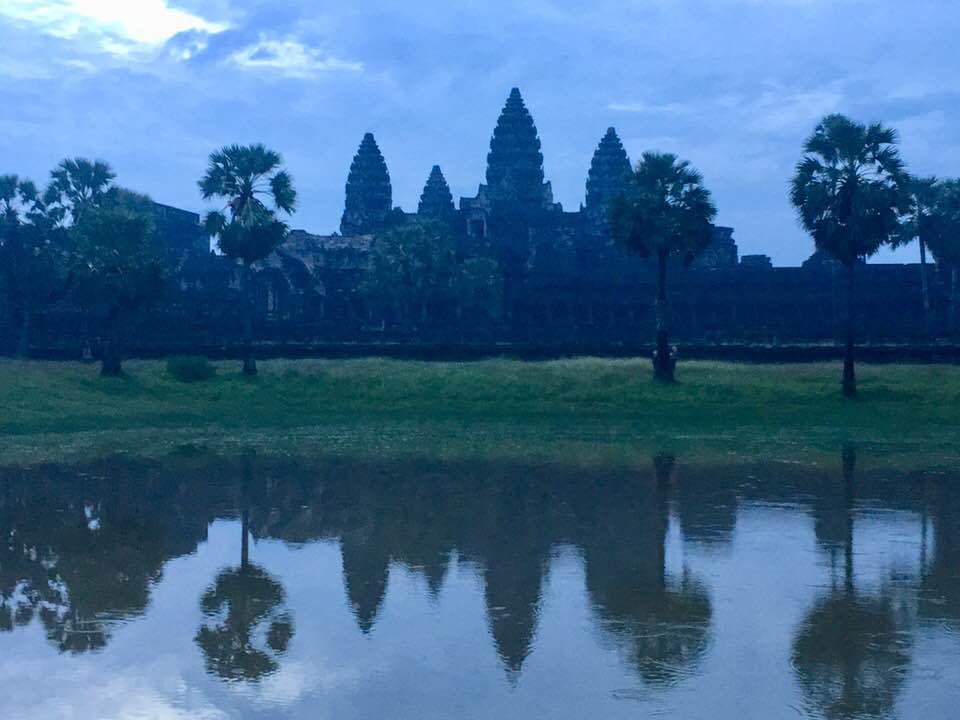
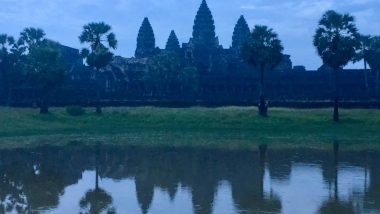
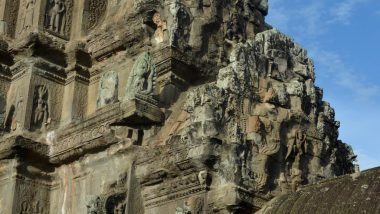
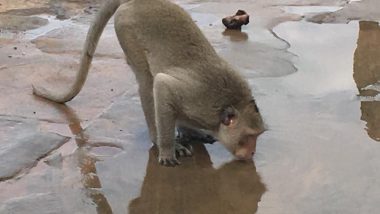
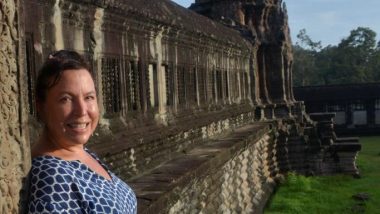
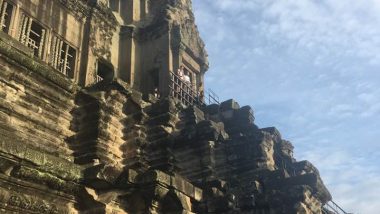
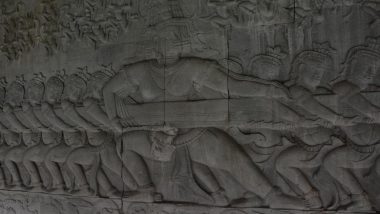
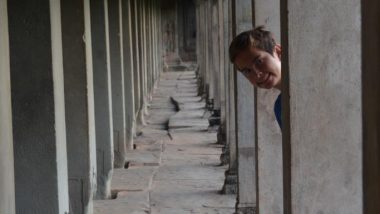
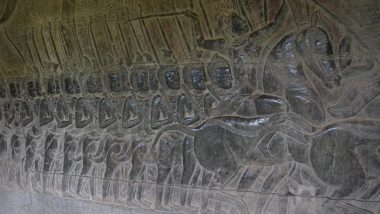
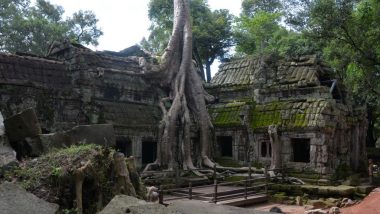
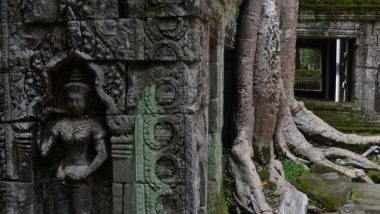
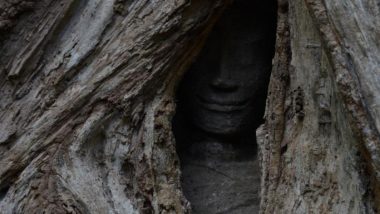


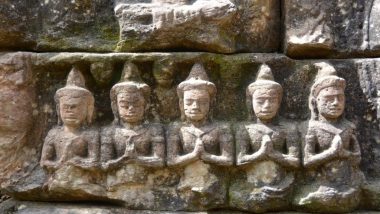
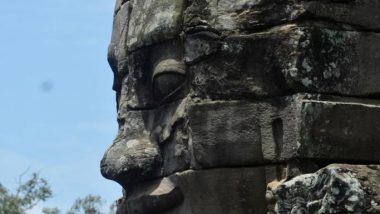
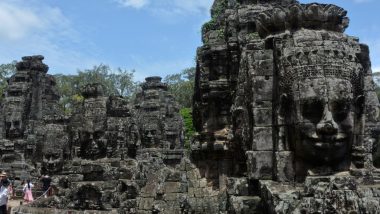
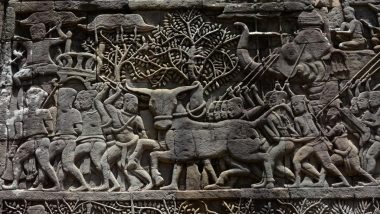
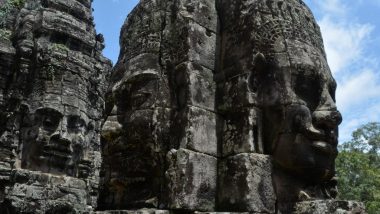

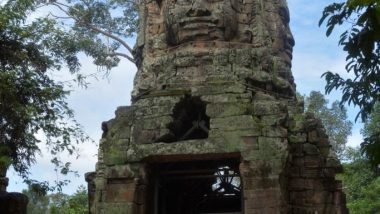

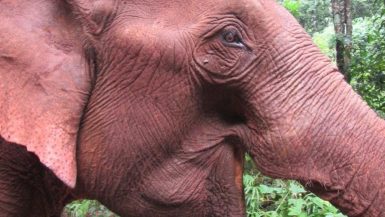

Leave a reply